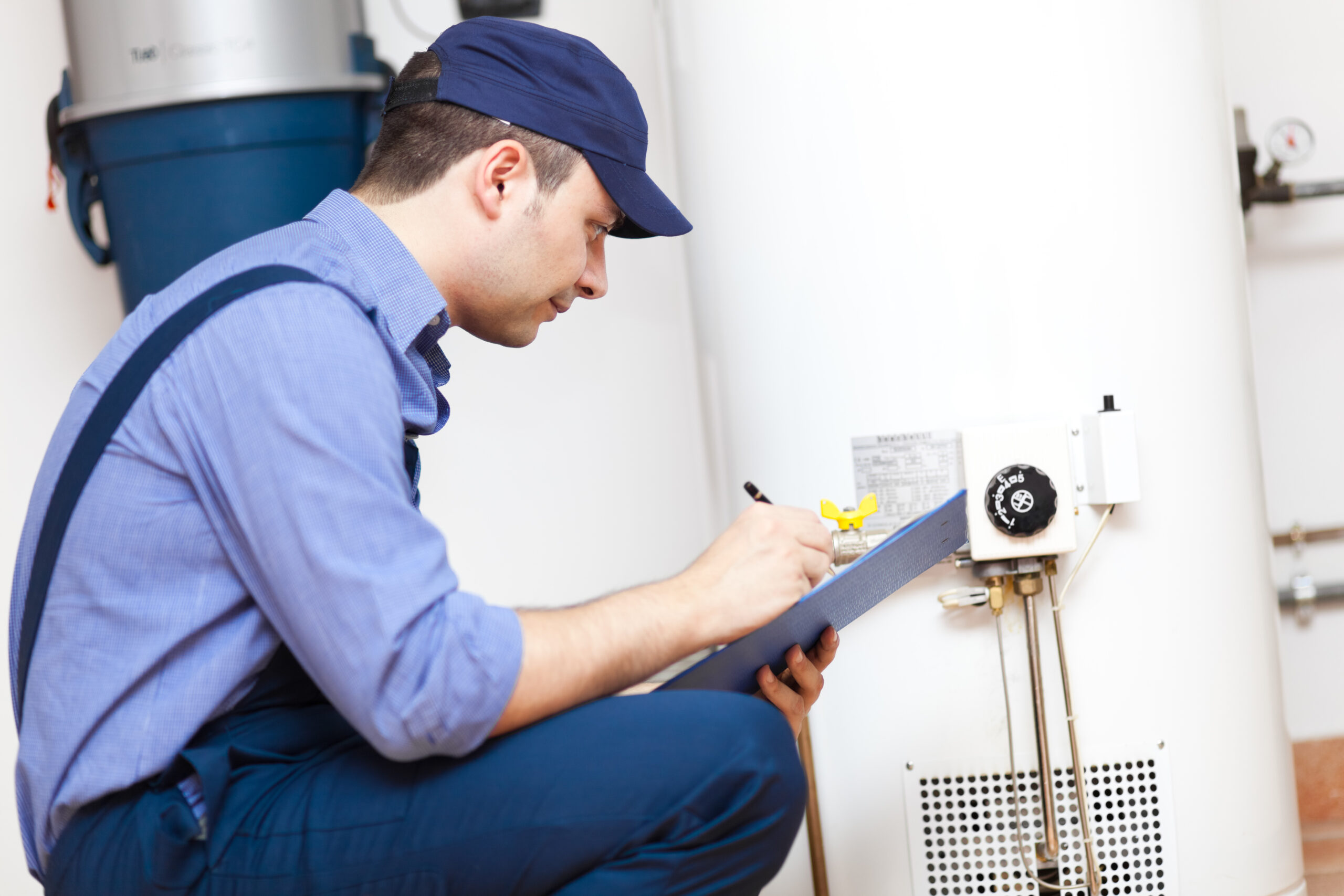If your hot water has started to run cold too quickly or you’re hearing odd rumbling noises from the tank, it might be time for a flush. Many homeowners search for how to flush your water heater, thinking it’s a quick DIY project—but before you grab a hose and start draining, there are a few things worth thinking through.
Flushing your water heater can extend its life, improve efficiency, and even lower energy costs. But doing it wrong can lead to leaks, burns, or damage to the unit. Here are five important considerations before you start the job.
1. What Type of Water Heater Do You Have?
The flushing process can vary depending on whether you have a gas or electric water heater, or a newer tankless model. Traditional tank-style heaters need to be shut off, drained, and refilled carefully. With tankless systems, the process involves descaling the heat exchanger with a special pump setup—not quite the same as a simple flush.
Before doing anything, check your owner’s manual or the manufacturer’s instructions specific to your unit.
2. What’s Your Water Quality Like?
In the St. Louis area, we deal with moderately hard water, which means minerals like calcium and magnesium build up over time in the bottom of your tank. This sediment acts like an insulator, making your water heater work harder to do its job. Homes in areas like St. Charles, Webster Groves, and Maryland Heights are especially prone to this.
If you’ve never flushed your water heater before, there could be a significant layer of sediment that needs professional attention.
3. Do You Have the Right Tools?
If you’re serious about learning how to flush your water heater, make sure you’ve got everything you need:
- A standard garden hose
- A nearby floor drain or exterior area to direct hot water
- Protective gloves
- A wrench or screwdriver (depending on your unit)
- Patience—because the full process takes about an hour
Keep in mind, the water coming out of your heater is hot. You’ll need to let the tank cool a bit or proceed with caution.
4. Are You Comfortable Working Around Hot Water and Gas/Electric Connections?
This might seem like a simple chore, but safety matters. You’ll need to shut off power or gas, open and close valves in the correct order, and ensure pressure is safely released. One misstep could lead to scalding, electrical hazards, or water damage.
If you’re unsure, it’s perfectly okay to bring in a professional. It’s a relatively quick service visit for a plumber, and it gives you peace of mind knowing it’s done right.
5. How Long Has It Been Since Your Last Flush?
Experts recommend flushing your water heater once a year, especially in areas with hard water. If it’s been several years—or you’ve never done it—you may be dealing with more than just sediment. Corrosion or clogged drain valves can make flushing risky or ineffective.
According to the U.S. Department of Energy, regular maintenance like flushing can significantly improve your water heater’s efficiency and prolong its lifespan.
When in Doubt, Call in the Pros
Still not sure how to flush your water heater safely? Beis Plumbing is here to help. We serve homeowners all across St. Louis with fast, friendly service and expert care. Whether you need a quick flush or a full inspection, we’ll make sure your system is running as efficiently—and safely—as possible.
Give us a call today to schedule your water heater maintenance and keep those hot showers coming.

